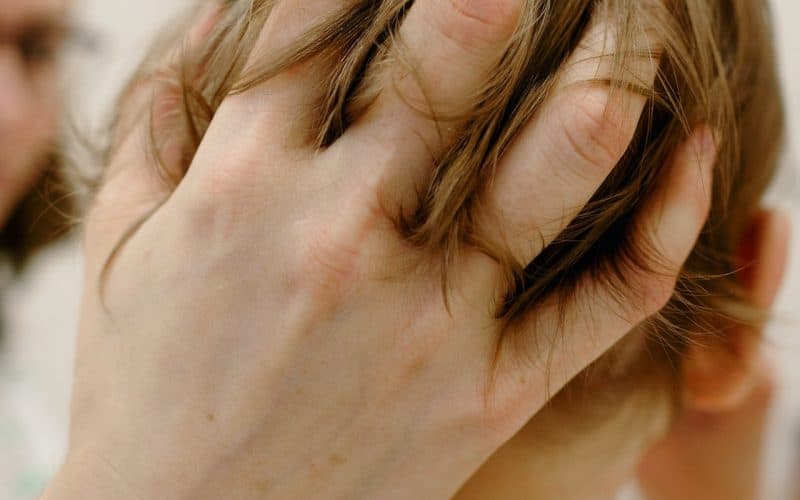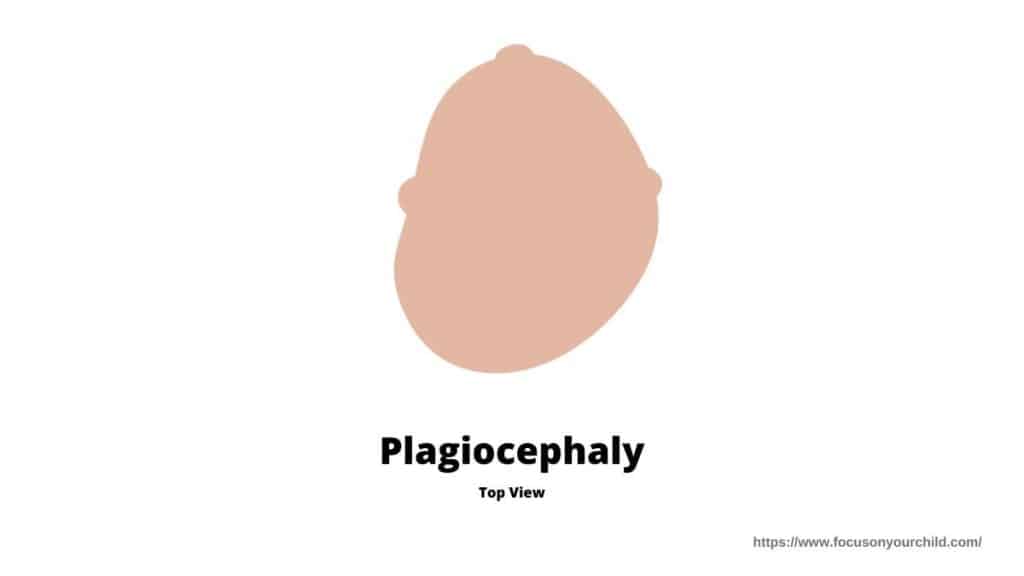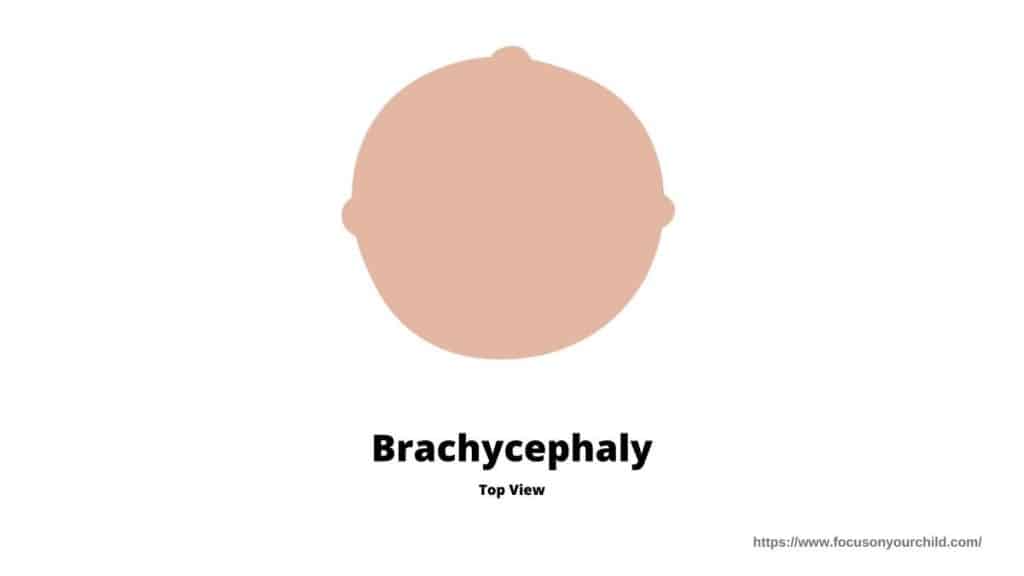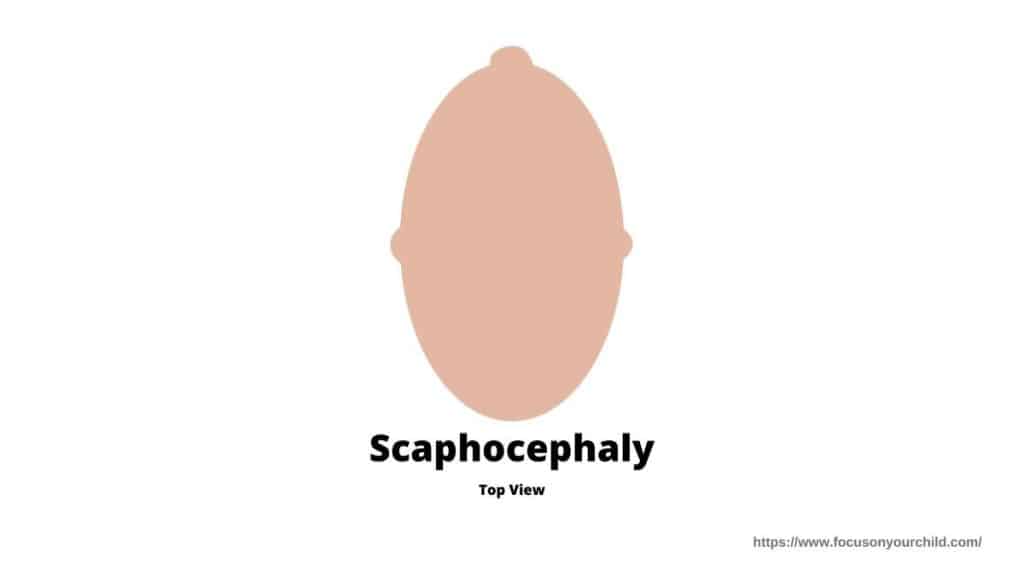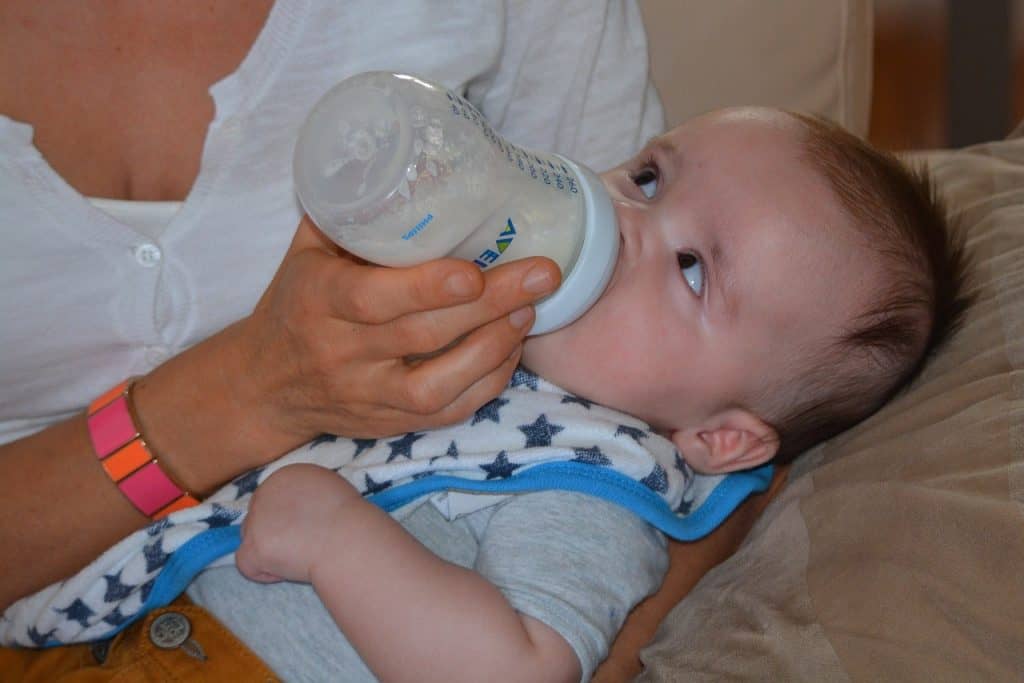Positional plagiocephaly, commonly called flat head syndrome, has been a concern for many parents. This condition occurs when an infant develops a flat spot in their head in their first months. Lying or sleeping in the same position usually causes this.
When is it Too late to fix flat head? Flat head syndrome is common and can be treated in various ways, depending on the severity. However, suppose the baby reaches 18 months without treatment. In that case, it might be too late, and surgery might be the only remaining option.
Treatments for flat head syndrome depend on the condition’s type and level. It’s significant to note that you must perform the treatment before the most prominent spot on top of the baby’s head completely closes. Prevention is still better than cure, so it’s best to know its cause.
Important Considerations When Treating Baby’s Flat Head
1. There Are Different Variations of Flat Head Syndrome
Flat head syndrome is the umbrella term used to call head shape irregularity of babies’ heads. Parents usually discover these irregularities at the side or back of their infant’s head at around eight weeks old.
They might notice a flattened area on one part of the baby’s head. The deformity can be on the side or back of the head. Other signs of flat head syndrome include misaligned ears, bald spots in one area, body ridges, and a lack of soft spots.
There are bands of tissue connecting the skull bones called cranial sutures, which will fuse sometime between nine and 18 months. Until then, the babies’ skull shape can change, mainly if they lie in the same position for long periods. Experts call this positional skull deformity.
Positional skull deformity usually happens at four to 12 weeks of age. It’s worth noting that not all cases of this condition occur due to lying in the same position for a long time. It happens to about 20% of infants while still in the womb.
Positional skull deformity is a cosmetic issue. Contrary to what some believe, it doesn’t affect brain function or intellectual development.
There are different types of flat head syndrome, and the variations depend on the part of the baby’s head that receives more pressure. You can identify them by referring to the main categories of this condition described below.
Plagiocephaly
You can distinguish plagiocephaly (also known as deformational or positional plagiocephaly) by its uneven appearance. The baby’s head is flat on one side, making it look like a parallelogram from above. You might also notice misaligned ears or a bulged face or forehead.
Plagiocephaly can transpire during pregnancy or after birth and has two main types. First is positional plagiocephaly, commonly occurring in about 50% of babies. The other is a congenital condition called craniosynostosis, a rare genetic disability.
Craniosynostosis occurs when the bones in an infant’s skull fuse too early. The merging happens before the baby’s brain fully forms, limiting or slowing the brain’s growth.
It’s worth noting that fusion happens only on one side of the skull. Hence, the brain stops growing in that specific part while making its way to the other parts of the head, which sutures are yet to combine.
Brachycephaly
Another type of flat head syndrome is brachycephaly. As explained earlier, plagiocephaly describes the condition wherein a baby’s head is uneven on one side. In brachycephaly, the deformity in the infant’s head is evenly flat in the back, causing the infant’s head to widen.
In some cases of brachycephaly, the forehead bulges out. The typical cause of brachycephaly is extensive back sleeping. It’s worth emphasizing that many babies display a combination of these two conditions, so appearances vary from child to child.
Scaphocephaly
Scaphocephaly (also known as dolichocephaly) refers to the condition when a baby’s head has a long, narrow shape. This type is more common among premature babies who spend long periods in the neonatal intensive care unit (NICU).
Scaphocephaly occurs when one or more sutures between the bones of the head fuse early, causing deformities. This flat head syndrome type is less common than the first two conditions mentioned above.
2. The Treatment Depends on the Type and Severity of Your Child’s Condition
Flat head syndrome can be mild, moderate, or severe. Depending on your baby’s condition level, your doctor might suggest one or more treatment options.
Tummy Time
Plenty of supervised tummy time during the day will help strengthen your baby’s neck, shoulders, and arm muscles. It also encourages them to try new positions, decreasing the pressure their head receives, unlike when they’re always on their backs.
Once your baby starts pushing up on their arms, it’s time to introduce tummy time. You must ensure the baby is on a safe and protected surface during tummy time. Placing them on elevated surfaces increases the risk of them falling.
Position Changes
The American Academy of Pediatrics (AAP) recommends placing infants at their backs while sleeping to reduce the risk of sleep-related infant deaths (SIDS). According to them, the supine (back) position decreases the chances of choking or aspiration in infants.
It’s best to adhere to AAP’s safe sleep guidelines. However, if your infant has the flat head syndrome, you must consider helping them change their head position from time to time while sleeping. You can do this by gently turning their head to decrease the pressure on one side.
Babies who suck one of their thumbs tend to turn towards the side of that thumb. If this is the case, encourage them to suck their other thumb or cover their preferred thumb. You can also try to place toys on the side you want your baby to face to capture their interest.
Simple Holding Alterations
During feeding time, always change your baby’s feeding position. This alternation naturally happens when you’re breastfeeding. However, if you use baby bottles, you might forget to alter your hold on them.
When your baby is awake and playing, don’t place them on their back. If they want to sit, don’t let them sit with their back against you, although this is a comfortable position for both of you. Instead, try to place your infant across your leg while supporting them with your arms.
Exercises
There are neck exercises for babies with muscular torticollis. The pediatrician will examine the baby’s neck and ask for X-rays to identify its cause.
They’ll refer you to a pediatric physical therapist to learn about exercises for muscular torticollis. It’s crucial to emphasize that you can only perform these neck exercises on your infant upon a medical professional’s recommendation.
Physical Therapy
Pediatricians might recommend physical therapy if the level of positional skull deformity is moderate or severe. Your doctor will likely refer you to a pediatric physical therapist for an evaluation.
The therapist will assess your baby’s motor skills and check for delays caused by poor head or neck control. Another possible cause of a baby’s delayed motor skills is torticollis. Muscular torticollis is the muscle contraction in one side of the baby’s neck.
Your physical therapist will teach you helpful stretching and positioning exercises you can do at home to remedy your child’s condition. The frequency and duration of your baby’s therapy sessions depend on the severity of the head flattening.
Helmet Therapy
This treatment only works when the baby’s skull and brain are still growing. Early helmet therapy is beneficial because your baby might need to wear it for less time. If the baby undergoing this treatment is 18 months old or older, they might need to wear the helmet for longer.
Contrary to what many expect, cranial remolding helmets won’t hurt your child. They have foam linings that apply persistent but gentle pressure on your baby’s head. Your child needs to wear the helmet all day except when they bathe.
Helmet therapy usually lasts for three months. The duration might change depending on your baby’s response to the treatment and the infant’s overall condition. You must remember to carefully and frequently monitor your child during treatment.
Surgery
Surgery is the last resort if all other treatments fail. It’s significant to note that you must only consider this procedure if a neurosurgeon or pediatric plastic surgeon recommends it.
3. You Should Begin Treatment Before Your Child Reaches 18 Months of Age
As explained earlier, cranial sutures connect the bones of the skull. They fuse when the baby is around nine and 18 months. The spaces between the bones of the head that remain open until the cranial sutures merge are called fontanelles (more commonly known as soft spots).
The cranial sutures and fontanelles are flexible and can change shape depending on the circumstances. Before the cranial bones fuse entirely, it’s best to let your child with a positional skull deformity get treatment.
Take helmet therapy as an example. This treatment is most successful when performed before the baby reaches 12 months of age. Otherwise, it might no longer work because the cranial bones most likely have already joined together.
Causes of Flat Head Syndrome
Lack of Tummy Time
Your baby must do tummy time to develop strong muscles, given that you carefully supervise them. Tummy time will help your infant build strength, preparing them for when they’ll start crawling and moving by themselves.
Whenever your infant is awake, let them lie on their tummy for three to five minutes, two to three times a day. You can increase the tummy time if the baby seems to enjoy it.
Some babies might not like tummy time immediately, so help them adjust by playing in the tummy time position. You can try encircling your baby with eye-catching toys. They’ll try to reach these toys, allowing them to scoot in different directions.
Another way you can help your baby appreciate tummy time is by lying on your back and placing your infant on your chest. The infant will likely lift its head and arms to look at your face.
Pressure in the Womb during Birth
Flat head syndrome caused by pressure in the womb is more common in multiple births or among babies whose mothers have a small uterus. When more than one baby is in the womb, they feel cramped and try unusual positions to fit, leading to changes in head shape.
Premature Births
Babies born prematurely spend long periods lying on their backs in the NICU for recovery. They often develop some degree of deformity due to this.
Birth Complications
As the baby passes through the birth canal during childbirth, the head shape can change because of the flexibility of the soft bones. If the labor is difficult, this instance is more likely to happen. Using forceps and vacuum extraction at birth can also cause positional skull deformity.
Torticollis
About 85% of infants with torticollis have a positional skull deformity. Torticollis, also called head tilt, has various types that require different treatments. Early treatment is crucial for this condition to avoid permanent deformation.
Living with Flat Head Syndrome
Flat head syndrome doesn’t usually require much concern because infants with this condition have a high probability of living normally. In some instances, the baby grows out of it naturally. Meanwhile, others must treat it by going through therapy or surgery.
As stated earlier, this condition is more of a cosmetic problem than a developmental one. However, when left untreated, the child might develop psychological or social difficulties due to self-esteem issues. The child might be emotionally distressed if their head deformity is severe.
There are also inevitable practical concerns, such as not being able to wear different types of headwear, especially protective ones, due to the head shape. Most protective gear for sports favors individuals with typical head shapes.
Some professions like construction work and armed forces also require head protection. You can ask manufacturers to create customized headgear, but they might be expensive.
Even wearing prescription eyeglasses might be difficult. Some people who have or have had severe flat head syndrome have misaligned ears.
One study argues that there might be a correlation between developmental delays and plagiocephaly. They compared the brain development of children with and without this condition by using the Bayley Scales of Infant and Toddler Development as measures.
According to the results, toddlers diagnosed with plagiocephaly scored lower than toddlers without said condition. However, the result doesn’t prove a causal relationship, so it requires more research and surveillance.
It’s worth mentioning that those with severe flat head syndrome (e.g., craniosynostosis) might need to go to their doctor regularly for healthcare observation growing up. These required visits will help manage ongoing or new concerns.
Final Thoughts
As mentioned earlier, most parents notice some deformity on their baby’s head around six to eight weeks of age. Talk with your pediatrician if you notice signs of positional skull deformity in your child.
Time is of the essence, especially if the baby’s condition is severe. The medical professionals will diagnose the type and level of your baby’s condition and recommend the best treatment.
